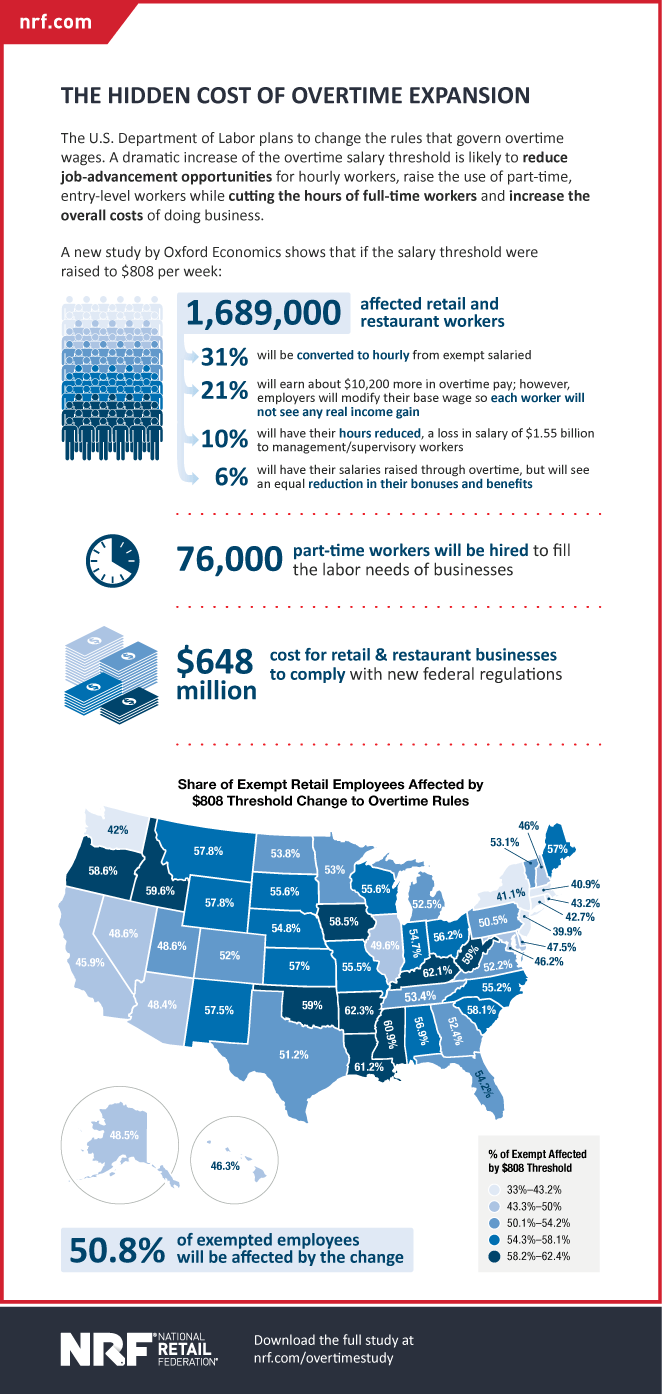Auditing benefit plans: One category of TPA appears to fall short
Many employers rely on the services of a third-party to ensure their benefit plans are in compliance with the sprectrum of applicable state and federal regs. But a new report suggests one particular type of TPA just isnât hacking it.
The recent DOL Employee Benefits Security Administrationâs (EBSA) report, Assessing the Quality of Employee Benefit Plan Audits, found that just 61% of audits conducted by Certified Public Accounts (CPAs) fully complied with professional auditing standards or had only minor deficiencies.
That means the remaining 41% (nearly half) of the audits the agency reviewed had major deficiencies. And those major deficiencies put $653 billion and 22.5 million plan participants at risk.
The report used a fairly large sample to arrive at those findings. The agencyâs report looked at audits of more 81,000 employee benefit plans conducted by more than 7,300 licensed CPAs.
According to DOL Security Phyllis C. Borzi:
The existing patchwork of regulations and rules needs to be overhauled and a meaningful enforcement mechanism needs to be created. The department is proposing, among other measures, legislation that will fix these problems.
Specifically, the DOL is recommending that Congress update ERISAâs definition of âqualified public accountantâ to include more requirements and qualifications that would improve the quality of plan audits.
The report also suggests that ERISA should be changed to give its Secretary of Labor the authority to establish accounting principles and audit standards to protect the integrity of employee benefit plans and the benefit security of participants and beneficiaries.
The CPA response
For its part, the American Institute of Certified Public Accountants (AICPA) took responsibility for the DOLâs findings and even offered some steps it was taking to remedy the problem.
One example: Early next year, the AICPA will launch an employee benefit plan certificate program so its practitioners can show their competency. And AICPA vice president for public practice and global alliances, Sue Coffey, said:
Our [AICPA} recently issued Six-Point Plan to Improve Audits will help our members stay focused on achieving the highest level of performance for financial statement audits. Further, our Employee Benefit Plan Audit Quality Center offers members best practice tools and resources that help improve the quality of audit engagement in this area.
For more HR News, please visit: Auditing benefit plans: One category of TPA appears to fall short
Source: News from HR Morning




